It’s a common stereotype that orange cats are not the sharpest tools in the shed. This stereotype, however, is far from the truth. In fact, orange cats are quite intelligent, and this article aims to dispel the myth of the “dumb orange cat” by presenting seven reasons that demonstrate their intelligence.
1. Orange Cats are More Likely to be Male
orange cats being more likely to be male explains why the stereotype that orange cats are dumb may have arisen. Since males are more likely to be orange, and orange cats are more likely to be male, people may have assumed that there is a link between orange fur and intelligence. However, there is no scientific evidence to support this claim. In fact, there is evidence to suggest that orange cats are just as intelligent as other cats.
The color of a cat’s fur is intrinsically linked to its X chromosome. A study published in the Journal of Heredity reveals that for a cat to be orange, it must inherit the orange gene from both parents. This means that the genetic link between the orange fur and the X chromosome is a fascinating example of how genetics can influence physical characteristics.
The gene responsible for the orange color is sex-linked, resulting in a much higher likelihood that an orange cat will be male versus female. This is due to the fact that males only have one X chromosome, making them more likely to be orange than females. This genetic predisposition is not only intriguing but also serves as a testament to the complex and fascinating world of genetics.
Below graphic shows orange furr of a cat and x chromosome
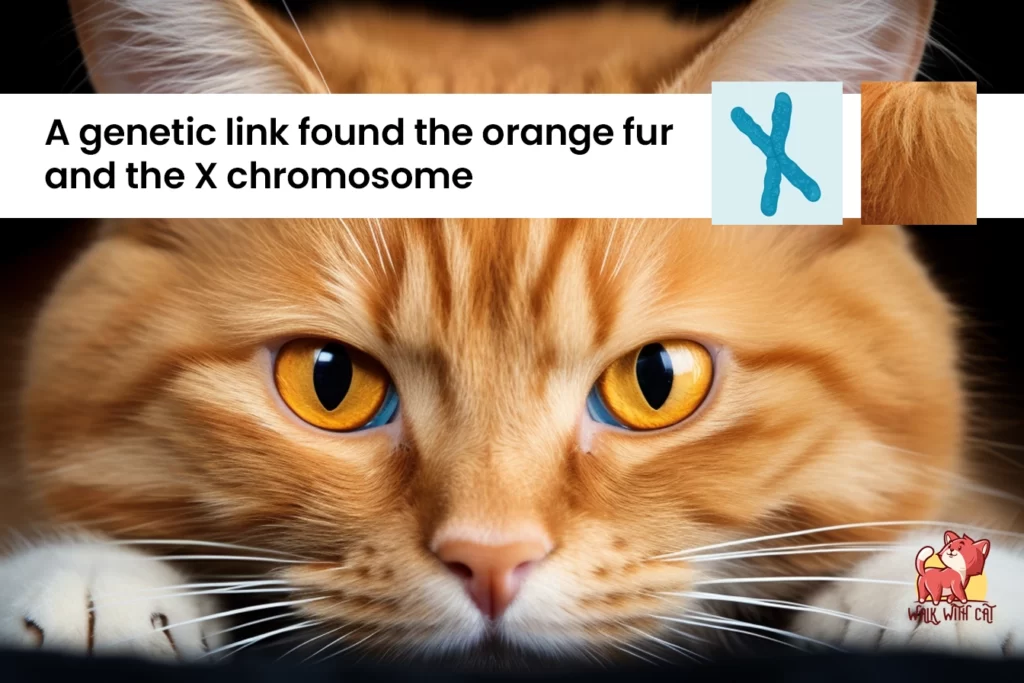
2. Orange Cats are More Active and Playful
Orange cats, which are predominantly male, tend to have higher levels of testosterone. This hormone is associated with their activity levels, making them more active and playful. This active and playful behavior is often associated with intelligence in cats.
The increased activity and playfulness in orange cats can be attributed to their higher testosterone levels. This hormone is known to influence behavior and activity levels in various animal species, including cats. Therefore, the playful and active nature of orange cats is not merely a random trait but a characteristic influenced by their hormonal makeup.
You can see orange cats playing with a clock, a water pan, and a door in the below image.
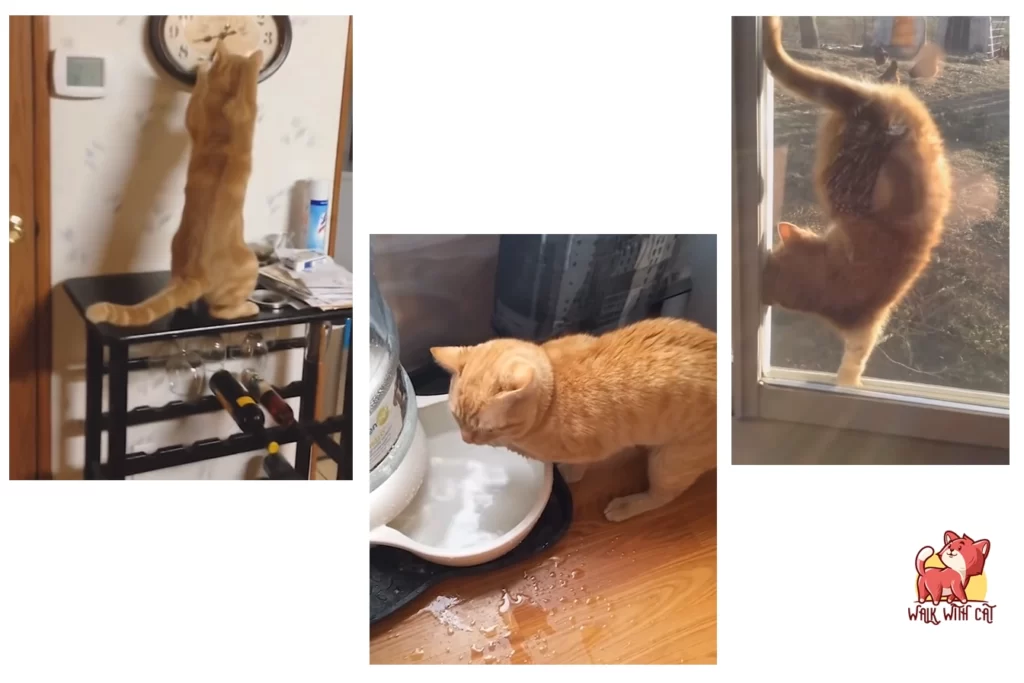
3. Orange Cats are More Social and Affectionate
Orange cats are renowned for their social and affectionate nature. They are more likely to seek out human interaction and enjoy being petted. This social behavior is often seen as a sign of intelligence in cats, as it indicates an ability to form social bonds and interact with others.
The social and affectionate nature of orange cats is not just a charming trait but also a sign of their intelligence. Their ability to seek out human interaction and enjoy being petted demonstrates their social intelligence. This ability to form social bonds and interact with others is a clear indication of their cognitive abilities.
The below photograph shows how closely orange cats are interacts with their human owners.
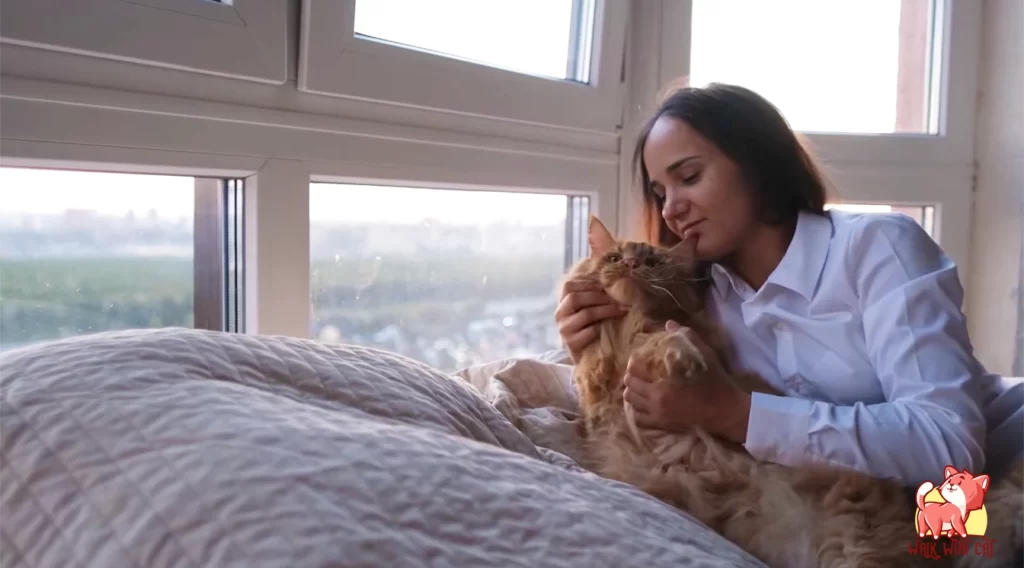
4. Orange Cats are More Trainable
Orange cats are more likely to learn tricks and follow commands, making them more trainable than other cats. This ability to learn and follow commands is often seen as a sign of intelligence in animals.
The trainability of orange cats is another testament to their intelligence. Their ability to learn tricks and follow commands demonstrates their cognitive abilities. This trait is not only useful for their human companions but also a clear sign of their intelligence.
Here in this photograph you can check orange cat has been trained by its owner.
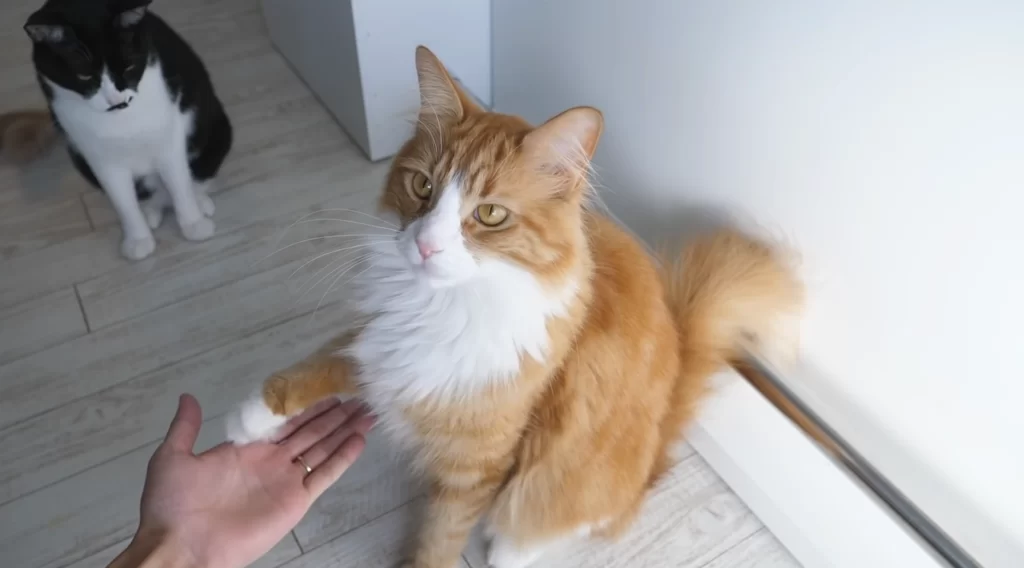
5. Orange Cats are More Problem-Solvers
Orange cats are renowned for their problem-solving skills. They are more likely to figure out how to get what they want, even if it means outsmarting their owners. This ability to solve problems and think creatively is a clear sign of intelligence.
Problem-solving is a key indicator of intelligence in many species, including cats. Orange cats, with their propensity for figuring out how to get what they want, demonstrate this intelligence in a tangible way. Whether it’s figuring out how to open a door or finding a hidden toy, their problem-solving skills are a testament to their cognitive abilities.
Scientific research supports these observations. For instance, a study on wild finches found that problem-solving skills were associated with differences in the expression of glutamate receptors, which are involved in synaptic plasticity, a key factor in learning and memory. Although this study was conducted on birds, the basic mechanisms of learning and problem-solving are likely to be shared across species, including cats. Furthermore, research on intelligent problem-solving in biological agents suggests that complex problem-solving behaviour is a result of integrated hierarchical reinforcement learning. This could explain the cognitive processes that enable cats to solve problems and think creatively.
The below photograph shows an orange cat leading a path puzzle. A white cat is behind the puzzle.
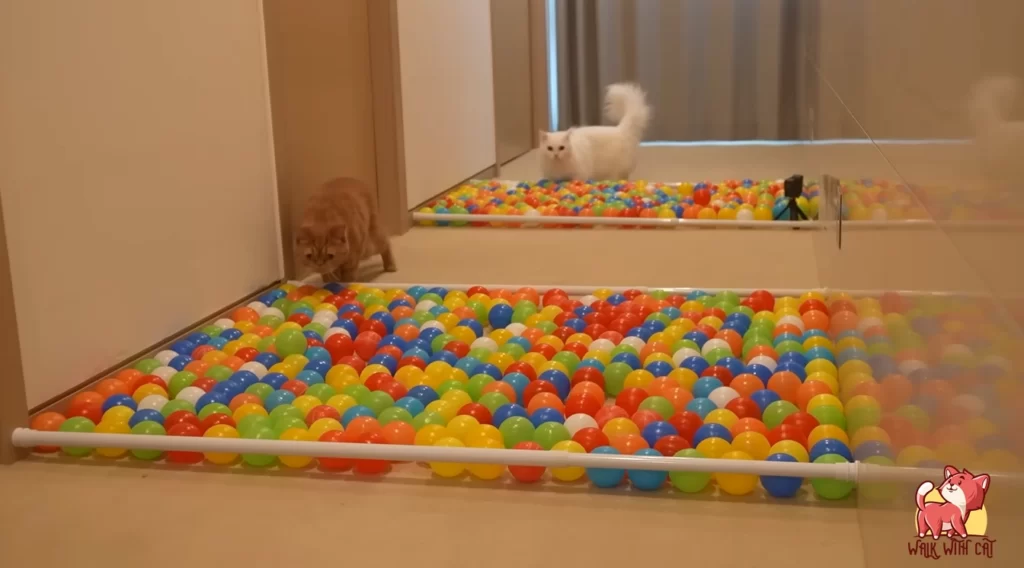
6. Orange Cats Are More Curious
Curiosity is a sign of intelligence, and orange cats are known for their curiosity. They are more likely to explore their surroundings and learn new things, demonstrating their desire to understand the world around them.
Curiosity drives learning and exploration, both of which are key components of intelligence. Orange cats, with their curious nature, are often eager to explore their surroundings and learn new things. This desire to understand the world around them is a clear demonstration of their intelligence.
You can see a curious-looking orange cat here
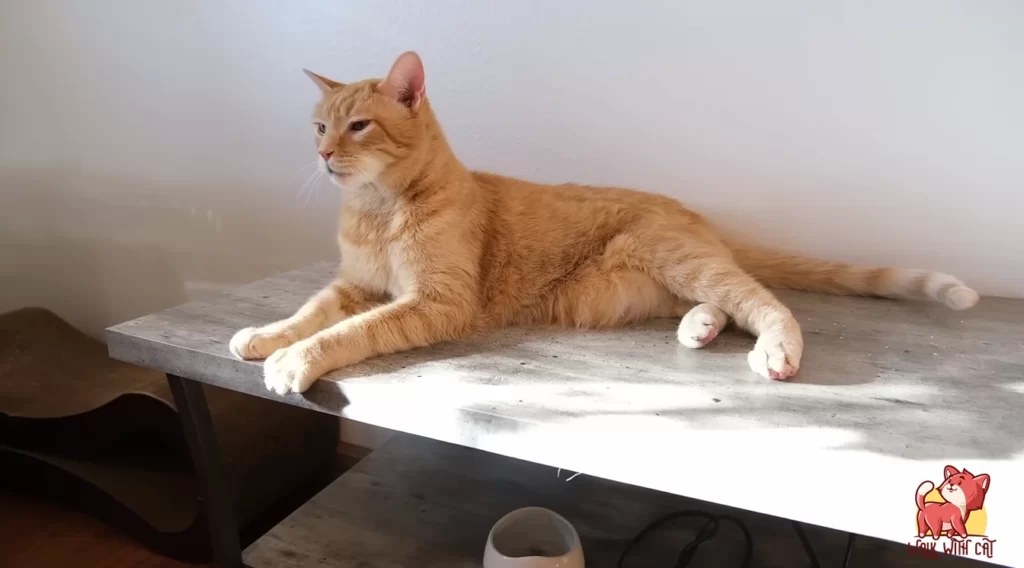
7. Orange Cats are More Vocal
Orange cats are more likely to meow, purr, and chirp, making them more vocal than other cats. This vocal behavior is often seen as a sign of intelligence in cats, as it indicates an ability to communicate and express themselves.
Vocalization in cats is a form of communication. Orange cats, with their increased vocalization, demonstrate their ability to communicate their needs and express themselves. This ability to communicate effectively is often seen as a sign of intelligence in animals.
The below photograph shows an adult orange cat asking for food with heavy vocal sounds
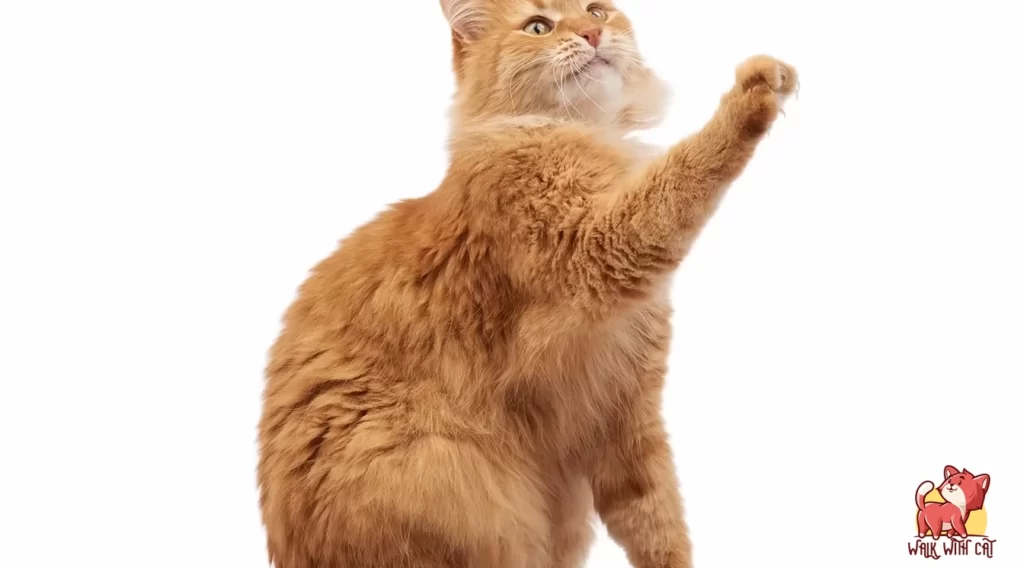
Do orange cats have behavior issues?
No, orange cats do not inherently have behavior issues. Like any other cat, their behavior is influenced by their environment, upbringing, and individual personality.
What is the behavior of an orange cat?
Orange cats are known for being active, social, and affectionate. They are also known for their curiosity and problem-solving skills.
Are orange cats always talkative?
While orange cats are known for being more vocal than other cats, this does not mean they are always talkative. The level of vocalization can vary from cat to cat.
Are orange cats more aggressive?
No, orange cats are not inherently more aggressive. Their behavior, like that of any cat, is influenced by a variety of factors including their environment, upbringing, and individual personality.
Why are orange cats so friendly?
Orange cats are known for their social and affectionate nature. This is likely influenced by their genetic predisposition to be more social and active.
